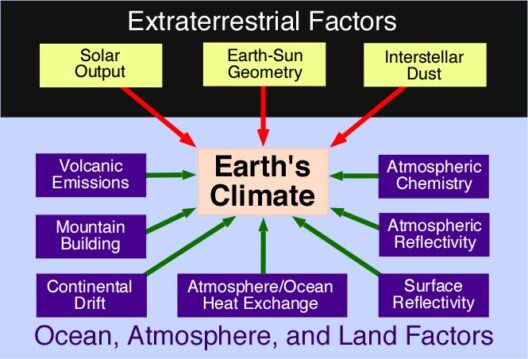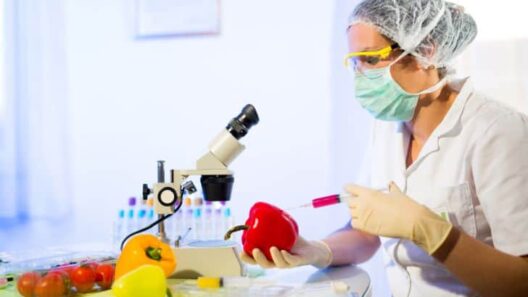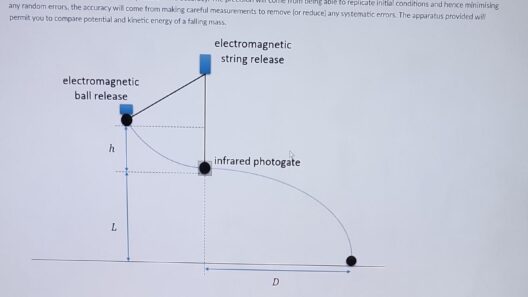The intricate process of digestion is vital for sustaining life, as it transforms the food we consume into energy and essential nutrients. At the core of this transformation lies the fundamental principles of mass and energy conservation. This essay elucidates how mass and energy are meticulously conserved during the complex biochemical processes involved in digestion.
To comprehend the conservation of mass and energy during digestion, it is essential to explore the stages of digestion, which can be categorized into several distinct phases: ingestion, mechanical breakdown, chemical breakdown, absorption, and assimilation. Each phase plays a critical role in ensuring that the components of food are efficiently converted into usable forms for the body while adhering to the laws of thermodynamics.
Ingestion initiates the digestive process as food enters the oral cavity. Here, mechanical breakdown begins. The act of chewing serves not only to reduce food into smaller particles but also to mix it with saliva, which contains digestive enzymes. Through this process, the physical form of the food changes, but its mass remains constant. This adherence to the law of conservation of mass is foundational; the total mass of the ingested food equates to the mass of the bolus that enters the esophagus.
As the bolus moves through the digestive tract, it encounters various organs that further facilitate digestion. The stomach, for instance, employs both mechanical and chemical means, using gastric juices to break down food into a semi-liquid substance known as chyme. During this phase, enzymes—catalysts that speed up chemical reactions—break down macromolecules such as proteins into smaller peptides and amino acids. Though chemical bonds are broken and formed, the total mass is conserved. The mass of the ingested food is accounted for in the mass of the chyme, aligning with the law of conservation of mass.
Energy conservation also plays a pivotal role in the digestion process. When food is broken down, it releases energy in the form of adenosine triphosphate (ATP), which is the energy currency of cells. However, it is noteworthy that energy cannot be created or destroyed, only transformed from one form to another. Therefore, the biochemical energy stored in the chemical bonds of food is converted during digestion into energy that the body can utilize for various functions, including cellular metabolism, growth, and repair. This transformation adheres to the law of conservation of energy.
After the chemical breakdown, the chyme progresses into the small intestine, where the majority of nutrient absorption occurs. The architecture of the small intestine, characterized by its extensive surface area due to villi and microvilli, maximizes nutrient absorption. Here, the body secures amino acids, simple sugars, fatty acids, and glycerol, which enter the bloodstream and are subsequently transported to cells throughout the body. Again, while the physical state and location of the nutrients change, the total mass remains unchanged. The nutrients absorbed from the chyme still account for the mass of the initial food consumed.
Moreover, any unabsorbed material, including dietary fiber and other indigestible substances, follow the digestive tract to the large intestine and eventually exit the body as waste. This expulsion of waste is also governed by the conservation of mass; the mass of waste materials corresponds directly to the mass of the food that the body could not utilize, emphasizing that matter is neither created nor destroyed in this biological process.
In discussing energy, it is crucial to understand the role of metabolic pathways that dictate how the body utilizes the energy derived from food. The catabolic pathways, which involve the breakdown of macromolecules, release stored energy through processes like glycolysis and the citric acid cycle. These pathways showcase the principles of energy conservation, as the energy released is captured in ATP. Conversely, anabolic pathways utilize this ATP to synthesize complex molecules, thereby demonstrating the fluid interchange between catabolic and anabolic reactions while adhering to the laws of thermodynamics.
In conclusion, the digestive system exemplifies the principles of mass and energy conservation through an elegant series of mechanical and biochemical processes. From ingestion to absorption and ultimately to the expulsion of waste, the laws of physics govern how food is transformed into energy and nutrients, maintaining a delicate balance. Understanding these principles provides insight into the efficiency of biological systems and underscores the foundational laws of nature that guide existence. As humanity faces challenges related to health and nutrition in an ever-changing environment, a keen awareness of these concepts also nurtures an appreciation for sustainability within our ecosystems.
After recognizing the intricacies of digestion and its adherence to the laws of conservation, it becomes imperative to reflect on dietary choices and their larger environmental impacts. Sustainable food systems can contribute to healthier ecosystems while also ensuring we respect the laws of our physical world. An informed understanding of digestion and energy flow fosters a pathway towards more conscientious living as well as a commitment to preserving the planet for future generations.








